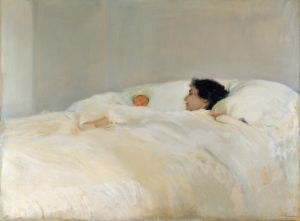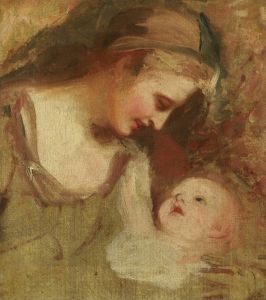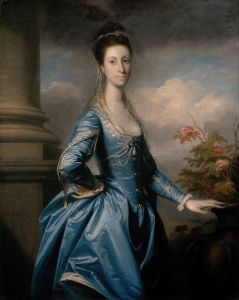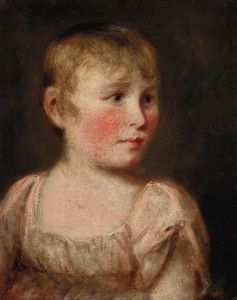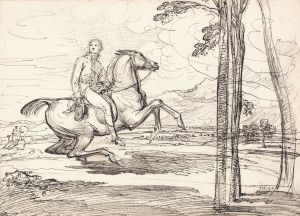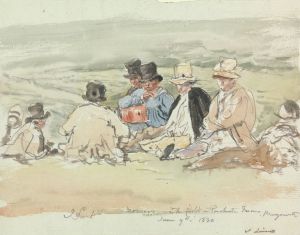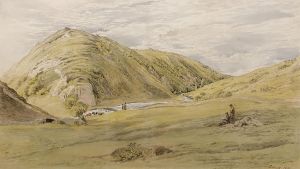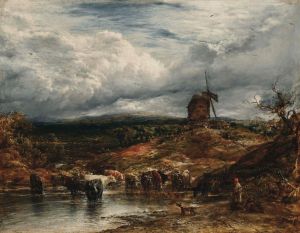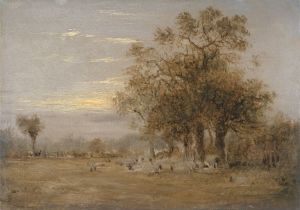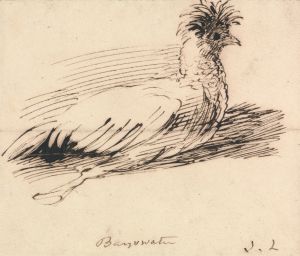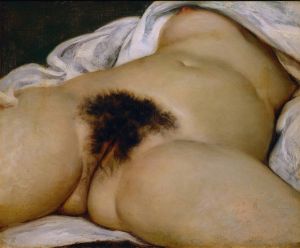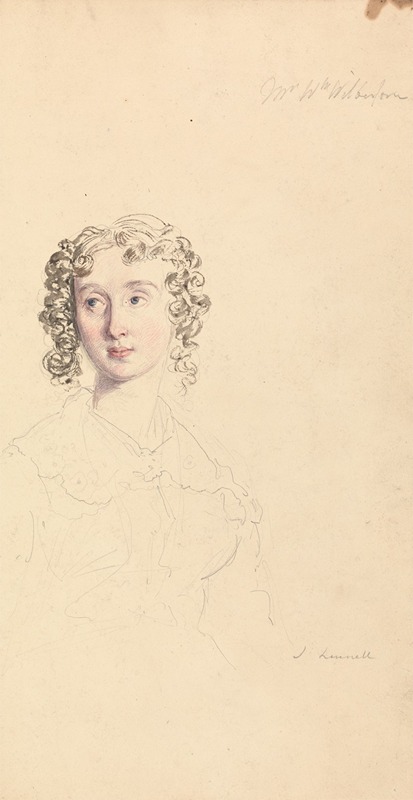
Study of Mrs. William Wilberforce
A hand-painted replica of John Linnell’s masterpiece Study of Mrs. William Wilberforce, meticulously crafted by professional artists to capture the true essence of the original. Each piece is created with museum-quality canvas and rare mineral pigments, carefully painted by experienced artists with delicate brushstrokes and rich, layered colors to perfectly recreate the texture of the original artwork. Unlike machine-printed reproductions, this hand-painted version brings the painting to life, infused with the artist’s emotions and skill in every stroke. Whether for personal collection or home decoration, it instantly elevates the artistic atmosphere of any space.
"Study of Mrs. William Wilberforce" is a portrait study created by the British artist John Linnell (1792–1882). Linnell was a prominent painter and engraver of the 19th century, known for his portraits and landscapes. This particular work is a study, meaning it was likely a preparatory piece rather than a finished portrait, and it depicts Mrs. William Wilberforce, the wife of William Wilberforce, the renowned British politician, philanthropist, and leader of the movement to abolish the slave trade in the British Empire.
The painting is an example of Linnell's skill in capturing the likeness and character of his sitters. As a study, it may have been intended to explore composition, lighting, or the subject's features in preparation for a more formal portrait. The work reflects Linnell's meticulous attention to detail and his ability to convey the personality of his subjects through subtle expressions and refined brushwork.
John Linnell was a contemporary of other notable British artists, such as John Constable and J.M.W. Turner, and he was highly regarded for his technical proficiency and artistic sensitivity. While Linnell is best known for his landscapes, his portrait work, including studies like this one, demonstrates his versatility and his ability to work across different genres.
The identity of Mrs. William Wilberforce, as depicted in this study, refers to Barbara Ann Spooner Wilberforce (1777–1847), who married William Wilberforce in 1797. She was known for her strong Christian faith and her support of her husband's abolitionist efforts. However, the specific circumstances under which Linnell created this study, including the date and purpose, are not widely documented.
The painting is part of the broader body of work by Linnell that contributes to our understanding of 19th-century British portraiture. It also serves as a historical artifact, connecting the artistic world of the time with the social and political movements that shaped the era. Further details about the study, including its current location or exhibition history, are not readily available in existing records.





